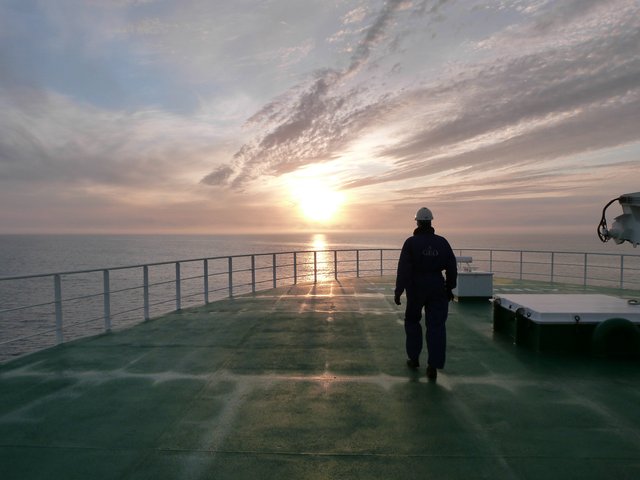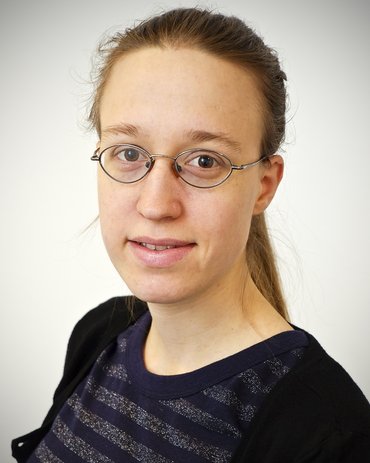Cruising for mud: Sediments from the ocean floor as a climate indicator
 |
"Going on a cruise for a month sounds tempting for most people and that is exactly how I spent one month of my summer. Instead of sunshine and 25 degrees, the temperature was closer to the freezing point on the thermometer and normal summer weather was replaced by milder weather conditions. The destination of the cruise was the western Nordic Sea and the east Greenland Margin. The ice2ice cruise was not a regular cruise, but a scientific cruise, starting in Reykjavik then heading towards the east coast of Greenland and ending in Tromsø, Northern Norway."
Read the entire blog by Iben Koldtoft at
During the cruise Iben was taking up marine sediment from the depths off Greenland ocean floor to find out what happened to the climate.
Iben Koldtoft is a PhD student within the ice2ice project at Danish Meteorological Institute and Centre for Ice and Climate, University of Copenhagen, supervised by Jens H. Christensen and Christine S. Hvidberg. She is interested in modelling the dynamics of the Greenland Ice Sheet and the smaller glacier, Renland Ice Cap, in the Scoresbysund Fjord, Eastern Greenland. Currently she is coupling the ice sheet model PISM to the ocean by implementation of calving to the model. Surface mass balance simulations of the Greenland Ice Sheet will later be used to assess the quality of the interaction between the ice sheet model and a climate model in comparison to observations. Iben started as PhD student in March 2015.




